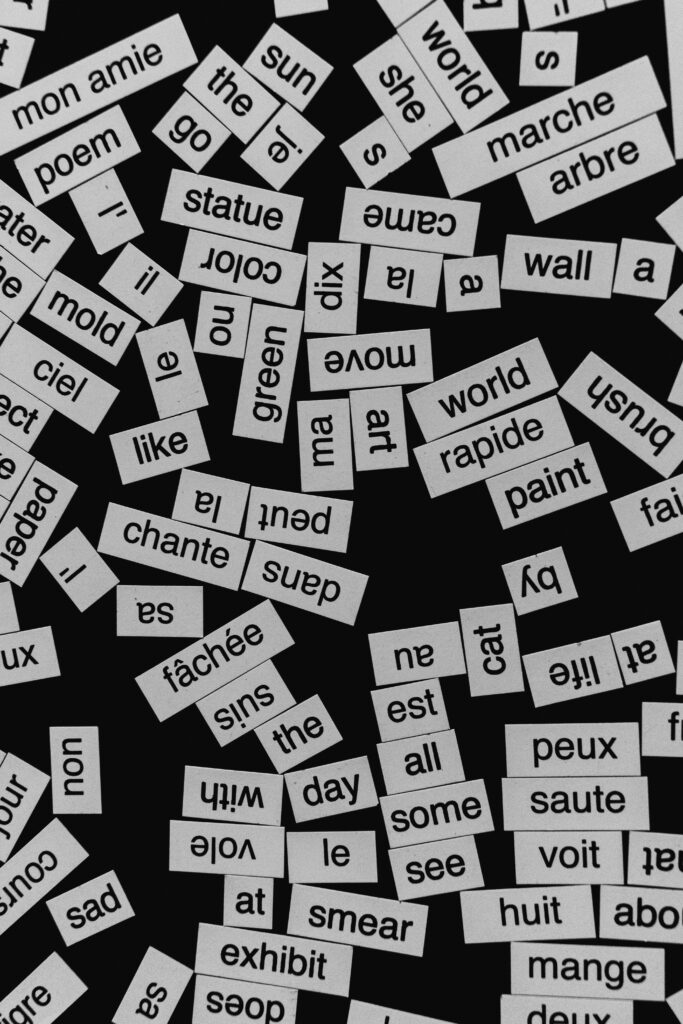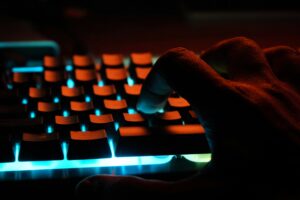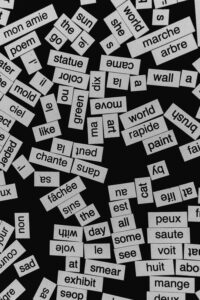Have you ever thought about how artificial intelligence is being used to create art? While many people might associate AI with tasks like data analysis or facial recognition, the technology is also being leveraged in unexpected ways to push the boundaries of creativity.
In recent years, AI-powered algorithms have been developed that can generate original pieces of music, paintings, and even poems. These AI creations are not simply mimicking existing art styles, but are producing truly unique works that challenge our perceptions of what it means to be creative.
One such example is the “AI artist” named AIVA, which composes classical music pieces that have been praised for their emotional depth and complexity. As AIVA itself stated, “I am not designed to replace musicians, but to augment them and offer new possibilities for artistic expression.”
These developments raise intriguing questions about the role of AI in the creative process and the notion of artistic authenticity. While some may argue that AI-generated art lacks the soul and emotion of human creations, others see it as a tool that can inspire and expand creative possibilities.
As technology continues to advance, it’s clear that AI will play an increasingly prominent role in the world of art and design. Whether we embrace AI as a collaborator or challenge its place in the creative landscape, one thing is certain – the intersection of technology and art is paving the way for exciting new innovations and experiences.



